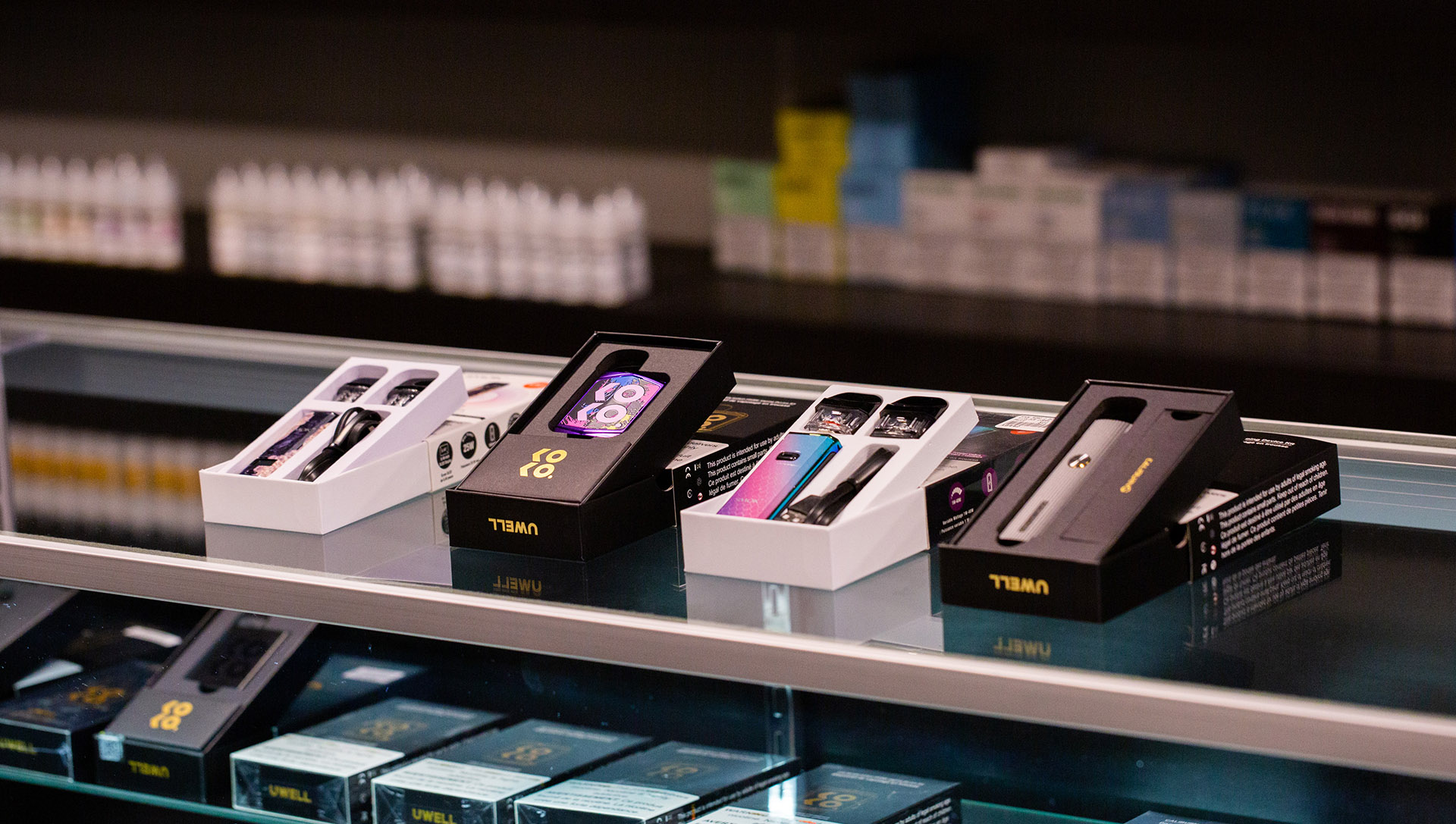
Let’s Chat About BC Vape Regulations
The last 5 years have certainly been a whirlwind of activity in the vape industry here in Canada. We have gone from a grassroots movement 5 years ago to a fully regulated industry in the country. Not only do we have federal regulations that we need to adhere to, but we also have provincial regulations that we have to follow. We will dive into both provincial and federal regulations a little bit more and see how these affect you as a consumer.
20 mg Cap on E-juices in British Columbia
In 2020, British Columbia became one of the first provinces to introduce a cap on E-juice mg concentration levels. This is a provincial regulation stating that any vape store in British Columbia cannot sell any concentration of E-juice that is over 20 mg.
When the BC government was considering regulations, the Canadian Vaping Association came to them and asked them to consider a maximum mg concentration of 20 mg. This was based on regulations in the United Kingdom, where 20 mg is the designated cap. The data showed that anything above 20 mg was attractive to youth and that a 20 mg cap seemed effective in curbing youth vaping.
The BC government at the time was possibly considering a comprehensive flavour ban, so the 20 mg cap was a compromise based on data to ensure the British Columbia government did ban all flavours, as this was not an issue when it came to the vaping rate of minors.
One of the problems that became notable by the end of 2020 and the beginning of 2021 is that some vape stores are continuing to sell vape E-juice at concentrations over 20 mg because of the lack of education and ineffective implementation of tobacco enforcement agents in British Columbia. The tobacco enforcement agents are not currently enforcing any regulations, as they have all been deployed to address COVID at this time. It might be later in 2021 when we start to see any action being taken relative to enforcement.
There is also nothing currently stopping a consumer from ordering 20 mg from outside of the province, including the United States.
Ban on 0 mg
At the same time that the British Columbia government imposed a ban on any E-juice over 20 mg, they also banned E-juices that contained 0 mg nicotine (nicotine-free). This seems counterintuitive because some people who want to step down their nicotine level and ultimately be nicotine-free do not have that option in British Columbia.
The government made this decision because of studies on youth vaping showing that youth did not vape because of the nicotine but because they enjoyed vaping “big clouds.” This also seems counterintuitive because of the previous regulation we talked about that banned any E-juice that contained more than 20 mg.
While you will not see any vape E-juices that contain 0 mg, you will find many that contain 0.1, mg which is almost nicotine-free.
Ban on E-juice containers over 30 ml
The other ban that came at the same time as the previous 2 regulation changes was the ban on E-juice containers over 30 ml in size. In previous years, we saw the majority of E-juice bottles holding 60 ml, but now, you will only see contains that are 30 ml in size.
The industry in BC has slightly changed its pricing structure, so the overall price of 2 x 30 ml bottles is roughly the same as that of the previous 60 ml bottles. We are unsure exactly what this regulatory change accomplished. We can only consider that if a child were to get a bottle and then open it (keep childproof containers in mind), the child’s exposure would be lower because of the lower volume of liquid.
Ban on Flavours in Non-dedicated Vape Stores
The next regulatory change, which is a benefit to dedicated vape stores, was the ban on flavour options for non-dedicated vape stores (variety stores, gas stations, etc). Dedicated vape stores have not changed as regards what they can offer, but gas stations and other stores that used to sell vapes but are not dedicated vape stores can only sell tobacco liquids. This will essentially force consumers who were previously getting flavored products from a gas station or any other non-dedicated store to make a change and purchase flavoured E-juices from dedicated stores like our Vapestreet locations.
Container Labels
Currently, there is some confusion in BC regarding the labelling of the E-juice containers. British Columbia stores have to adhere to both federal labelling guidelines and the BC government’s own labelling guidelines. It’s not exactly clear which labelling format E-juice manufactures have to adhere to currently. You might see labelling showing “plain packaging” for some liquids and then “non-plain” for other brands. This is because the BC government has not made it clear which format is supposed to be used. Until there is more information from the BC government, we might see both plain packaging and non-plain packaging until it is made clear which format is correct. You will not see this “plain packaging” in any other provinces of Canada as of the time of writing this article.
The rules and regulations around vaping continue to evolve year after year. While we cannot say for sure what the future holds for us, we do know that the current regulations seem fair, and we are happy to continue working with not only the federal government but also the provincial government. We believe that in the long run, our compliance would mean an enhanced experience for all our consumers.
